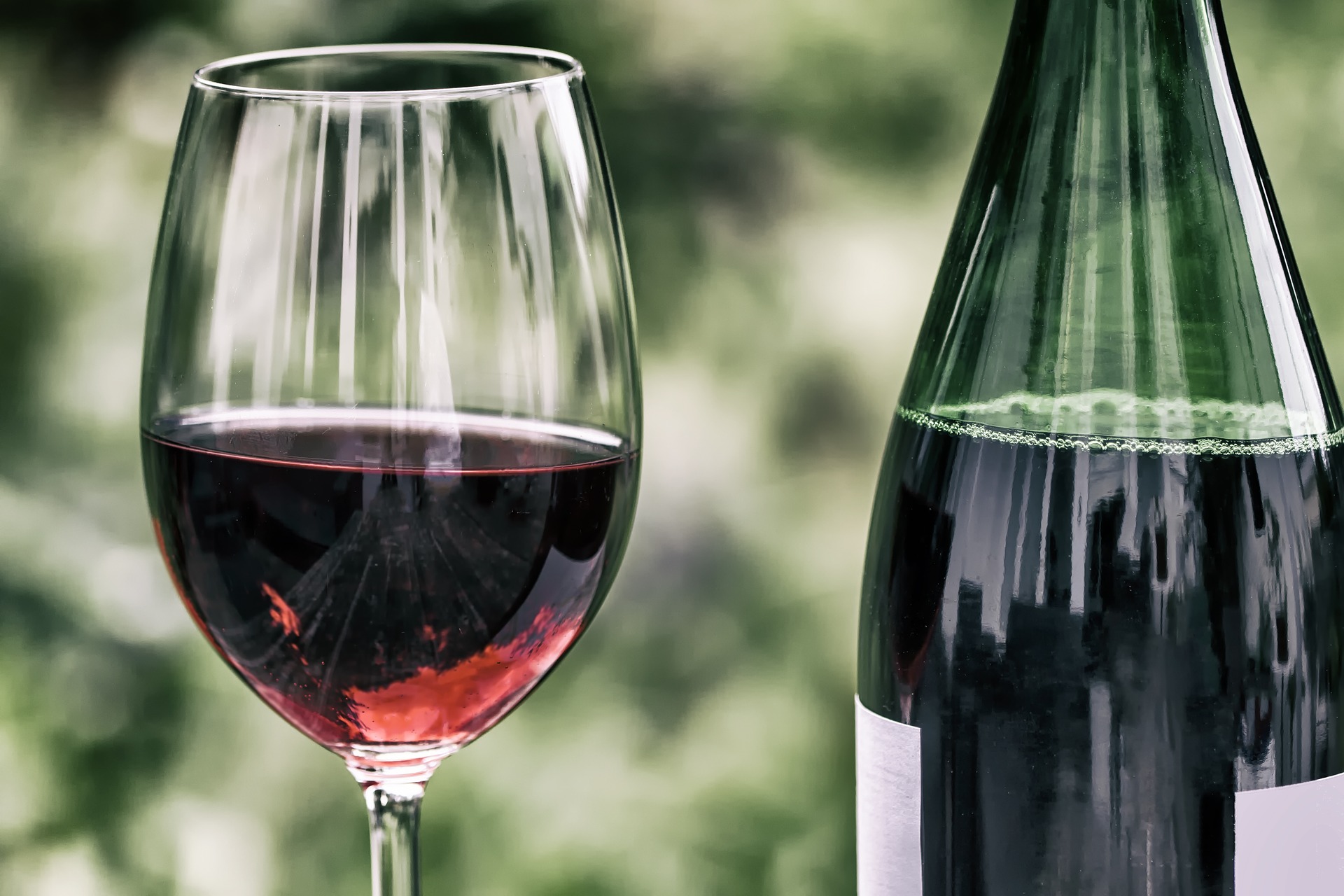
Choosing a bottle of wine doesn’t have to be intimidating. Whether you’re browsing at a liquor store, glancing through a restaurant wine list, or making a quick decision in a bustling bar, a little know-how goes a long way. Here’s a simple guide to help you select the right wine for your taste, your meal, and the moment.
🥂 Red vs. White: Know the Basics
Wines are generally categorized into two main types—red and white. Red wines tend to be fuller-bodied and pair well with rich, hearty foods like red meat and pasta. White wines are typically lighter, brighter, and often a bit sweeter, making them a great match for poultry, seafood, and salads.
Here’s a classic pairing tip to remember:
Red wine for red meat. White wine for lighter fare.
It’s a guideline, not a rule. As you experiment, you’ll find your own favorites—and that’s part of the fun.
🍷 Understand the Language of Wine
Wine labels and menus often include terms that describe flavor, sweetness, and alcohol content. Let’s break down a few common descriptors:
-
Dry – Less sweet, more crisp or tart. Most red wines and some whites (like Sauvignon Blanc) fall in this category.
-
Sweet or Dessert Wines – Higher in residual sugar, making them ideal for after-dinner sipping but often too sweet to pair with a main course.
-
Full-Bodied, Medium-Bodied, or Light-Bodied – Refers to the wine’s alcohol content and mouthfeel.
-
Full-bodied wines (13%+ alcohol) like Cabernet Sauvignon feel rich and bold.
-
Medium-bodied wines (11–13%) strike a balance—think Merlot or Chardonnay.
-
Light-bodied wines (7.5–10.5%) like Riesling or Pinot Grigio are smooth and easy-drinking.
-
If you’re the designated driver or just want a lighter sip, go for a wine with a lower ABV (alcohol by volume).
🍇 Grape Variety and Vintage
Wines are made from many grape varieties, each contributing unique flavor notes. You don’t need to memorize them all—but do get familiar with a few popular ones:
-
Red grapes: Cabernet Sauvignon, Merlot, Pinot Noir
-
White grapes: Chardonnay, Sauvignon Blanc, Riesling
As for vintage, that simply refers to the year the grapes were harvested. While some years produce outstanding wines (1990 is a favorite among collectors), a younger wine can be just as enjoyable—especially if it’s been stored well and suits your palate.
Wines come in a wide variety of styles depending on the grape, region, and winemaking method. Dry wines are less sweet and often better suited to savory meals, while sweet or dessert wines offer a higher sugar content and pair beautifully with treats or as a dessert on their own. If you want a deeper dive into the differences, Wine Folly’s Beginner’s Guide to Wine is a great place to explore wine styles, body, and sweetness levels in more detail.
💡 Pro Tip: Reading a Menu on the Fly
When you’re at a bar or nightclub and can’t dive into every label, scan the wine list for these clues:
-
Flavor descriptions – “Crisp,” “buttery,” “spicy,” or “fruity” give you a quick sense of the wine’s personality.
-
Body level – If the menu lists body (light, medium, full), it can help guide your choice based on your food or desired buzz.
-
House wines – Often affordable and drinkable, but not always the most interesting. Ask the server for recommendations.
🥳 Make It Fun, Not Formal
Ultimately, wine should enhance the moment—not overwhelm it. Don’t worry about making the “perfect” choice. Pick what sounds good, experiment with pairings, and learn by sipping. You don’t have to be a sommelier to enjoy wine with style and confidence.
